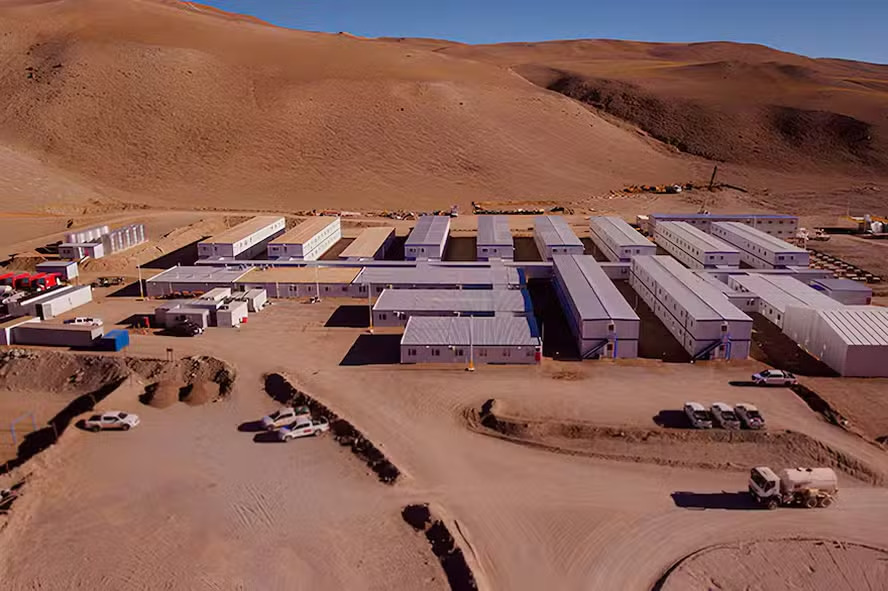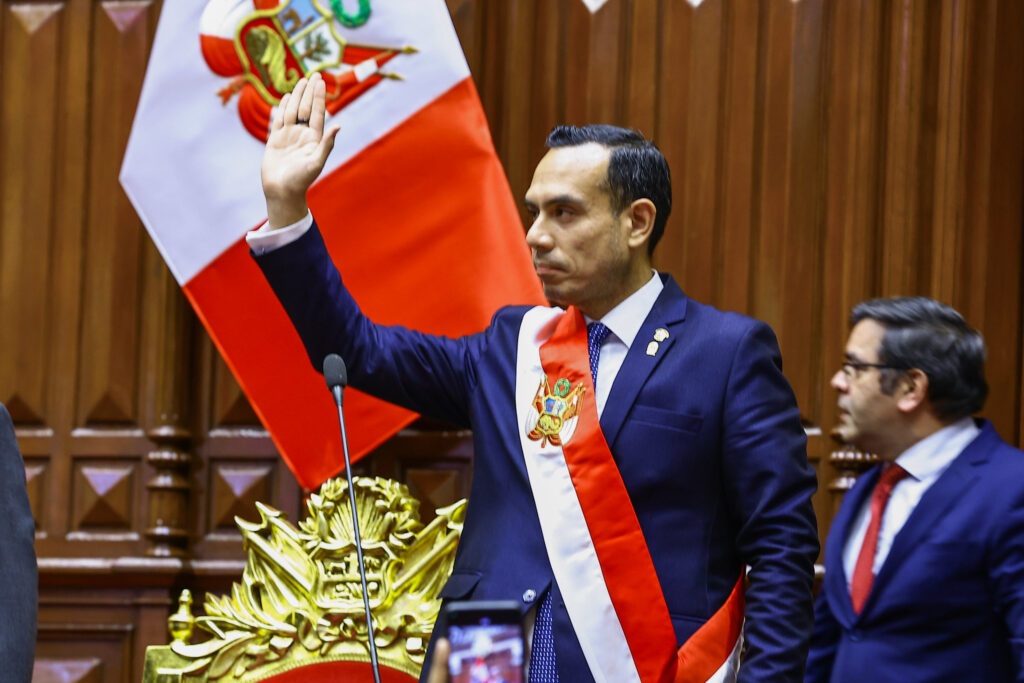Under the watchful eye of international investors, Argentina’s current strategy offers a case study of how Latin American countries are adapting their legal and economic frameworks to attract long-term capital in strategic industries such as mining, energy, and infrastructure.
In this regard, the Large Investor Incentive Regime (RIGI), which was approved by Congress in 2024 under the framework of the “Ley Bases”, prompted the announcement last week of what could become the most significant direct investment in the country’s history.
José Luis Morea, senior director for Argentina and Chile at Vicuña Corp., anticipated that an investment of approximately $15 billion will be presented for copper mining, which would be an amount that would cover all the RIGIs submitted so far since the law was passed. This highlights the potential of key industries that require appropriate regulatory frameworks for medium- and long-term investments.
A historic investment announcement
The Argentine copper industry has long been described as having “great potential but little development.” That narrative is changing. With more than 18 copper projects currently under development and six already attracting significant capital, Argentina has positioned itself as a booming global copper hub.
In this regard, global mining giants such as BHP and Lundin plan to register projects like Josemaría (part of the Vicuña district) under the RIGI, marking a fundamental shift in Argentina’s attractiveness compared to other Andean mining jurisdictions such as Chile and Peru.
Much of this momentum is attributed to the RIGI, a policy instrument designed to provide long-term certainty and a favorable legal environment for investors committing more than US$200 million. The program has already registered more than 11 major projects, with copper companies accounting for the majority of the approximately US$15 billion currently committed to the sector.

What is RIGI and how does it work?
The RIGI (Large Investment Incentive Regime, by its acronym in Spanish) is a legal framework approved in 2024 and promoted by the government of President Javier Milei. It is designed to encourage large-scale investment by offering:
- 30 years of legal and fiscal stability, ensuring that no significant tax changes apply to registered projects.
- A flat corporate tax rate of 25%.
- Accelerated depreciation of capital expenditures.
- Duty-free imports of capital goods and inputs.
- Export tax exemptions starting in the third year of operations.
- Full access to the foreign exchange market for the repatriation of profits.
For the mining sector in particular, this regime has led to a reduction in the effective tax burden from 47% to 38%, making Argentina more competitive than its regional peers. Beyond mining, the RIGI is open to energy, logistics, infrastructure, and high-tech projects and has become the centerpiece of Argentina’s investment promotion strategy.
Macroeconomic Implications: A Strategic Bet on Stability
If the copper investment wave materializes as projected, it could generate more than US$47 billion in GDP contributions by 2040, with an average of US$4 billion annually in export revenues between 2031 and 2040. This is crucial for a country with chronic balance of payments constraints and a fragile fiscal structure. By incentivizing the inflow of long-term capital in hard currency, the RIGI could contribute to:
- Alleviating the external debt burden.
- Increasing the Central Bank’s reserves.
- Diversifying exports, overcoming agricultural dependence.
- Reducing exchange rate volatility, a long-standing obstacle to business planning in Argentina.
However, the success of the RIGI will also depend on the country’s political and institutional continuity. Current legislation is in effect until July 2026 (with a possible extension to 2027), and future governments will need to strengthen the regime’s credibility for the program to reach its full potential.
Vaca Muerta: A Cautionary Tale from the Energy Sector
While copper is booming, Argentina’s flagship energy project, Vaca Muerta, the world’s second-largest shale oil and gas reserve, faces short-term difficulties. After reaching a record 448,000 barrels per day in May 2025, oil production fell by more than 25% in June, with the number of hydraulic fracturing stages decreasing from 2,588 to 1,968. This was due to several reasons:
- Rising operating costs in US dollars due to domestic inflation and the appreciation of the peso.
- Lower international oil prices have compressed profit margins.
- Strategic pauses by major operators to reassess investment cycles in the new economic context.
While state-owned oil company YPF claims the project remains profitable, even at current barrel prices, the recession underscores the vulnerability of large-scale energy projects to macroeconomic fluctuations and external price dynamics. For foreign investors, this dual narrative—mining boom, energy lag—offers a nuanced understanding of Argentina’s risk-reward profile.

Some observations for regional investors
The implementation of the RIGI marks a paradigm shift in the way Latin American countries compete for global capital. While countries like Chile and Mexico have traditionally relied on institutional strength and regulatory stability, Argentina is testing a model based on legal safeguards and fiscal incentives as a counterbalance to its broader macroeconomic vulnerabilities. For international clients exploring Latin America, Argentina now presents a high-risk, high-return proposition:
- Resource abundance: Copper, lithium, shale gas, wind, and solar energy.
- Policy innovation: The RIGI offers legal and financial predictability that is rare in the region.
- Execution risks: Inflation, political changes, and regulatory enforcement remain key concerns.
What differentiates Argentina’s current strategy is its intentional decoupling of sectoral investment regimes from general economic instability. Whether this segmentation can be sustained over time will be a crucial question for both analysts and investors. In this regard, there are voices pointing to the RIGI’s weaknesses.
Some analysts warn that the regime could accentuate the asymmetries between large investors and the rest of the national productive fabric, by offering fiscal, exchange rate, and regulatory conditions that are difficult for smaller local companies to replicate. At the same time, there are concerns that the scheme prioritizes attracting foreign currency in the short term without requiring significant commitments to local development, national content, or technology transfer, which could limit its structural impact on the real economy.
Finally, some sectors fear that 30-year fiscal stability will limit the State’s ability to redesign its tax policy based on new economic, social, or environmental priorities.
In this regard, can the RIGI be used as a model for regional reform?
Argentina’s adoption of the RIGI could serve as a model for other Latin American economies seeking to attract high-impact investments in the context of global competition for critical minerals and energy security. If successful, this policy architecture could be replicated elsewhere in the region, especially in countries with similar macroeconomic constraints but abundant natural resources.
However, investors should approach the issue with realistic expectations and rigorous due diligence. The interaction between sector-specific frameworks like the RIGI and the broader institutional environment will determine whether the resurgence in foreign investment is a passing anomaly or the beginning of a structural transformation. For now, the message is clear: Argentina wants your investment and is willing to offer a new type of agreement to get it.





